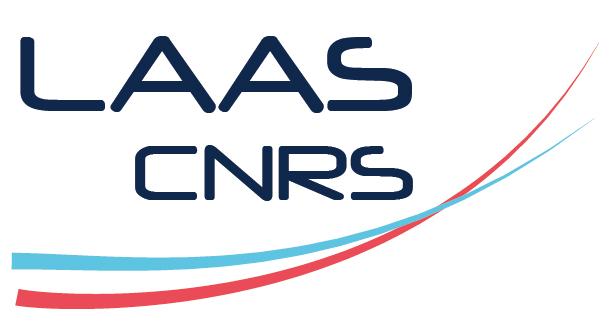Reactive ion etching of 100 and 113 diamond for development of power devices
Résumé
Power electronics devices have become a vital part of today electronic infrastructure and systems. Over the past few decades, wide band gap materials such as GaN, SiC, and Diamond have emerged as promising alternatives to silicon across a wide range of applications. Among them, Diamond stands out to be an interesting candidate for overcome the limitations of the first two in terms of breakdown voltage or temperature behaviour.
(100) diamond substrates are the most conventionally studied for the development of power devices. Recently LSPM and GEMaC laboratories have demonstrated the feasibility of (113) p-type and n-type layers respectively grown by MPCVD, the aim being to enhance electronic properties compared to (100) diamond. However, the adoption of a new material poses major technological challenges for power devices manufacturing processes. Among these, reactive ion etching by inductively coupled plasma (ICP-RIE) of the layers plays a crucial role in the manufacturing process and has to be mastered.
We discuss on O2 plasma etching for achieving etched depth ranging from 1 µm to 10 µm for MOS- gate and edge termination realization, requiring anisotropic sidewalls with a minimised trenching effect. We also present results on nanometric etching useful for surface recovering. In both cases, the etching rate and surface roughness must be mastered.
Studies initiated on (100) p-type layers have been developed on (113) substrates. Differences in etching rate and surface quality have been observed based on the crystal orientation and doping (n, p, or NID) of the substrate.
These studies also give in-depth insights concerning the epitaxial layers characteristics thus providing feedback on the diamond epitaxy procedure.
| Origine | Fichiers produits par l'(les) auteur(s) |
|---|

